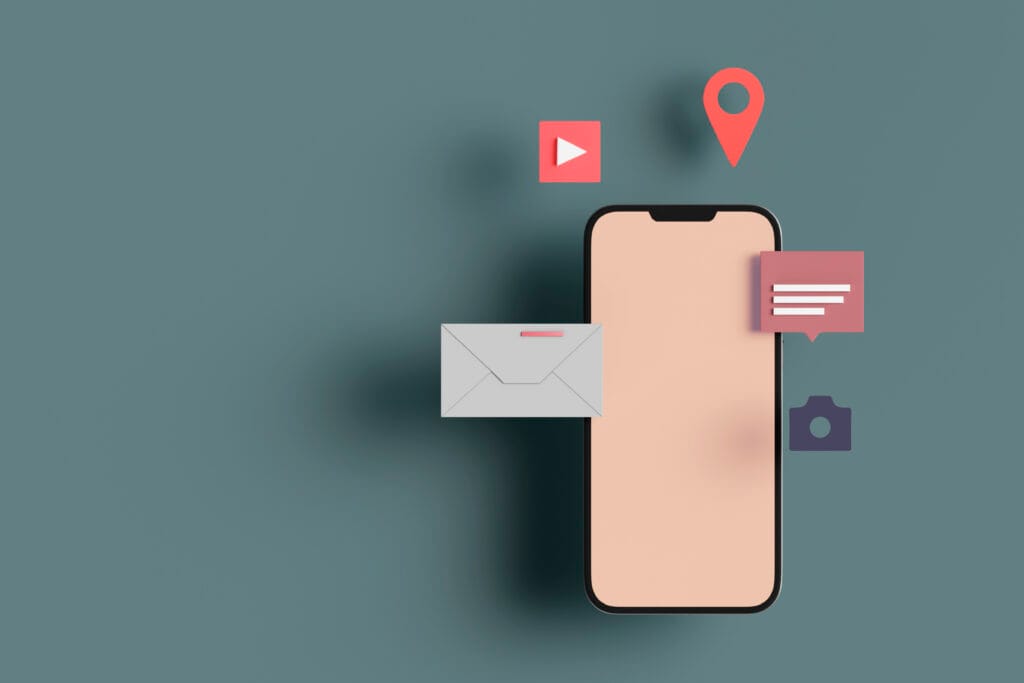Overview
New anti-spam measures from Google and Yahoo take affect in February 2024. Businesses that send more than 5,000 emails a day face a pivotal moment. Failing to adapt could mean the difference between reaching your audience or vanishing into the abyss of spam folders.
Understanding the Shift: Why It Matters
Google and Yahoo, two of the world’s leading email service providers, are introducing new authentication methods to enhance email security and integrity. The crux of this initiative is to curb spam and phishing attacks, ensuring that only authenticated, legitimate emails reach users’ inboxes.
The implications of non-compliance are significant: your emails could be marked as spam, or worse, blocked entirely. This jeopardises not only your immediate email campaigns but also your long-term domain reputation, potentially hindering crucial communications such as invoice delivery, customer interactions, and marketing efforts.

New Authentication Requirements: A Closer Look
The forthcoming changes are comprehensive, affecting all senders regardless of their email volume. Here’s a concise breakdown of the requirements:
- SPF (Sender Policy Framework) or DKIM (DomainKeys Identified Mail) authentication must be in place to verify the sender’s domain.
- Valid DNS records, including forward and reverse (PTR records), are mandatory for all domains and IP addresses involved in sending emails.
- Spam rates need to be monitored via Google Postmaster Tools, with a threshold of not exceeding 0.3%.
- Compliance with RFC5322, ensuring emails are correctly formatted.
- Addition of List ID headers for emails sent on behalf of a mailing list.
Special Considerations for Bulk Email Senders
For those sending over 5,000 emails daily to Google or Yahoo accounts, additional rules apply:
- A valid DMARC (Domain-based Message Authentication, Reporting, and Conformance) record with at least a ‘none’ policy is required.
- SPF and DKIM authentication, along with domain alignment for one of these protocols, is necessary for a DMARC pass.
- Easy unsubscribe options must be available, with a processing time of no more than two days for unsubscribe requests.
Definition of bulk sender:
Over 5,000 emails daily to Google accounts and/or over 5,000 emails daily to Yahoo accounts.
I never send more than 5,000 emails a day, is there still a benefit to making these changes?
Yes. Improving your sender authentication policies can improve email deliverability and assist in improving your sender reputation. Emails are therefore more likely to land in the inbox. It also paves the way for potentially more thorough compliance requirements in the future.
What are the deadlines?
The enforcement of these new requirements began in February 2024, with a grace period incorporating occasional warning emails from Google and Yahoo for non-compliance. This grace period is a critical time to audit and update your email sending practices to meet the new standards, particularly for bulk senders who will notice a tangible impact on deliverability should they delay.
Embracing the Change: Steps to Take
- Audit Your Current Email Practices: Review your authentication protocols, DNS records, and email formatting to identify areas for improvement.
- Educate Your Team: Ensure that your marketing team understands the importance of these updates and how they affect your email campaigns.
- Leverage Tools and Resources: Utilize tools like Google Postmaster Tools to monitor your email performance and make data-driven adjustments.
- Consult with Experts: If you’re unsure about how to implement these changes, consider seeking advice from IT professionals.
Conclusions
Adapting to Google and Yahoo’s new email authentication requirements is crucial for maintaining your email deliverability and domain reputation. Whether you’re sending large volumes of emails or just a few, implementing these changes can significantly benefit your business by ensuring your communications reach your customers’ inboxes. Don’t let your messages get lost in spam; act now to update your email practices and safeguard your email outreach.





